We work with insurances. Verify yours now
Comprehensive Rehab & Medical Detox for Men Struggling with Substance Abuse
When inhalant addiction takes hold of your life, it creates an invisible yet devastating impact on your health, relationships, and future. These easily accessible household products—from spray paint and glue to cleaning fluids and aerosols—can cause sudden death even on the first use, making inhalant abuse one of the most dangerous forms of substance use. You don’t have to face this alone.
The Last Resort Recovery Center offers specialized, men-only inhalant addiction treatment on our secluded 55-acre ranch outside Austin. Our comprehensive approach addresses both the immediate medical dangers of inhalant abuse and the underlying factors that led to addiction, providing the medical supervision and therapeutic support necessary for lasting recovery.

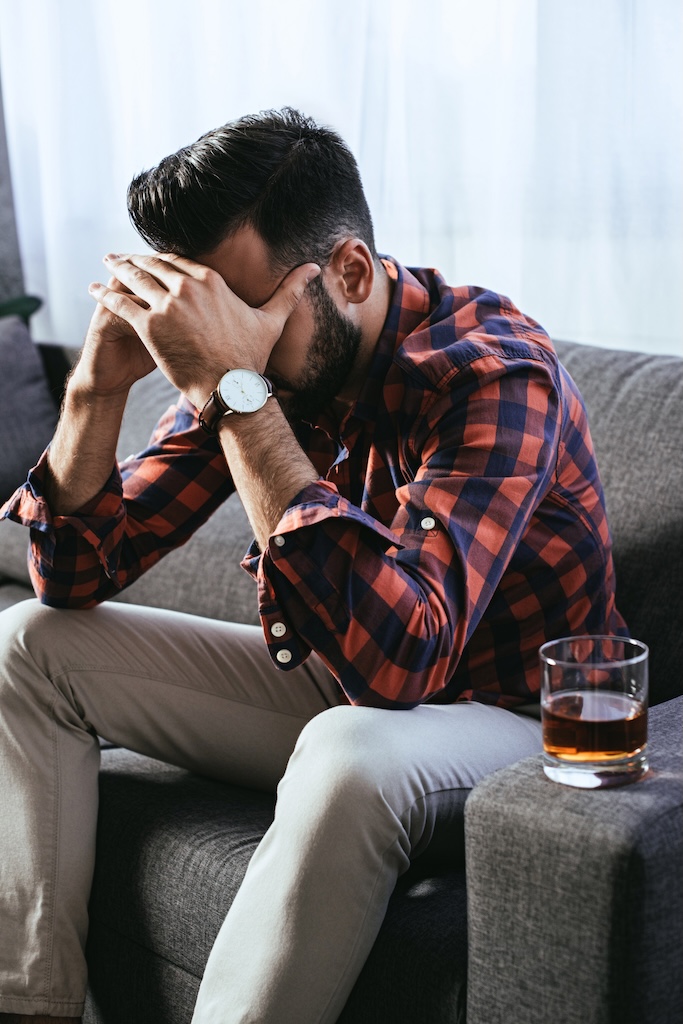
Inhalant addiction represents a unique and particularly dangerous form of substance use disorder that affects men across all demographics. Unlike other substances, inhalants encompass more than 1,000 products found in common household and workplace items, making them easily accessible yet highly toxic when misused.
Learn more about substance use disorders we treat →
Men seeking treatment at The Last Resort often struggle with:
The dangers of inhalant abuse cannot be overstated—up to 50% of inhalant-related deaths are caused by sudden sniffing death syndrome, where cardiac arrhythmias can occur without warning. This makes immediate professional intervention crucial for anyone struggling with inhalant addiction.
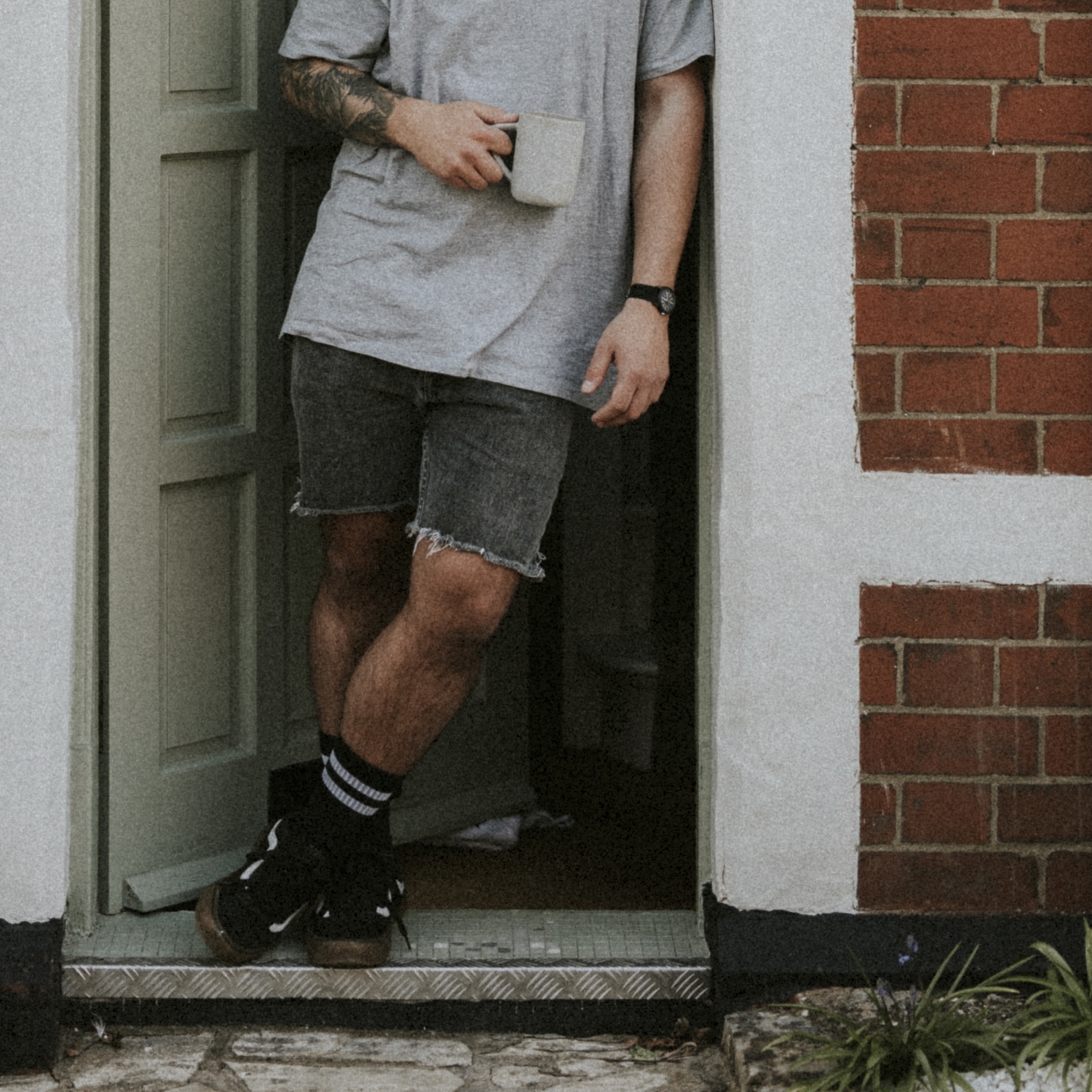
Recovery from inhalant addiction requires a specialized understanding of both the immediate medical risks and the complex psychological factors driving substance use. At The Last Resort Recovery Center, we’ve developed a comprehensive approach that addresses the unique challenges men face when recovering from volatile substance abuse.
Inhalant addiction poses unique medical risks that require specialized monitoring and care. Unlike other substances, inhalants can cause sudden death, cardiac arrest, burns, and brain damage at any time during use. Our 24/7 medical team provides:
Our tranquil 55-acre campus in Smithville, TX provides the perfect environment for recovery from inhalant addiction. Away from the household products and environmental triggers that fuel addiction, men can focus entirely on healing while surrounded by the natural beauty of central Texas. The peaceful setting promotes reflection, personal growth, and the development of crucial coping skills needed for long-term sobriety.
Men face unique challenges in addiction recovery, particularly with inhalant abuse which often begins in adolescence and may be tied to work environments or social pressures. Our men-only program creates a space where you can openly discuss your experiences without judgment, addressing issues like workplace stress, environmental exposure, and the shame often associated with inhalant use.
Addressing drug or alcohol addiction, especially alongside co-occurring mental health conditions, requires specialized programs that understand the unique pressures faced by men struggling with dual diagnosis and offer confidential, supportive care tailored to their needs.
Paying for treatment should never be a barrier to healing from grief and addiction. There are several options available that do not put your family in financial jeopardy. The Last Resort is an in-network provider that works with most insurance companies.



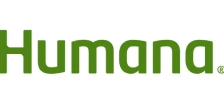




We’re excited to share the positive experiences of our other community members, many of whom were where you are today – overwhelmed and uncertain. These are their stories. What will yours be?
Come experience a healing adventure like none other. Our expansive and secluded men’s-only ranch sits on 55 acres of central Texas beauty and is a tranquil sanctuary designed to promote rest, reflection, and recovery.
From rolling hills and ancient tree groves to warm ranch-style accommodations, you’ll feel right at home. You’ll enjoy a full range of amenities and experiences, including an outdoor pool oasis, a fitness studio, and a fully-stocked horse barn.
Our secondary location is a comfortable, modern facility with shared and private spaces that is home to all of our outpatient services. This center is conveniently located in south Austin off Menchaca Rd.
When drug or alcohol addiction take root in your life, it colors everything you do, how you show up at work, at home, and for yourself. Your family often feels the worst of it. You know this is not what you had in mind for your life. There has to be a healthier way to manage your emotional distress and overcome the challenges you face.
As the opioid epidemic has continued to explode, so has the treatment industry. Unfortunately, not all are of the same quality or the same caliber.
Accredited status for our addiction treatment center confirms that the services we offer meet or exceed the official standards of practice established by the state and other governing organizations by passing a series of detailed assessments.
Understanding accreditation affords you and your loved ones the confidence to pursue long-term recovery with renewed peace of mind.
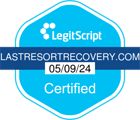

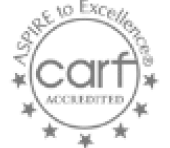

If marijuana use has become a problem in your life, you don’t have to face it alone. The Last Resort Recovery Center provides the structured support and compassionate care needed to break free from cannabis dependence and build a fulfilling life in recovery.
The goal of all content is to empower and equip without compromise. Every resource The Last Resort creates is not supported by sponsorship or advertisers and is therefore free of bias and murky agendas.
All of our educational materials are produced or reviewed by the team at The Last Resort. We staff and consult with subject matter experts and industry professionals to ensure all that is shared is accurate and accessible.
Yes, inhalant abuse is extremely dangerous because it can cause sudden death even on the first use. Up to 50% of inhalant-related deaths are caused by sudden sniffing death syndrome, where cardiac arrhythmias occur without warning. Inhalants also cause serious long-term damage to the brain, liver, kidneys, and other organs. Unlike other substances, there’s no “safe” level of inhalant use—every instance carries the risk of fatal consequences.
Common household inhalants include spray paint, glue, cleaning fluids, aerosol sprays (deodorant, hair spray), gasoline, lighter fluid, paint thinners, nail polish remover, and nitrous oxide (whipped cream dispensers). The easy accessibility of these products makes inhalant abuse particularly challenging to prevent and treat. Our program helps develop environmental safety strategies to avoid triggers in home and work settings.
Yes, recovery from inhalant addiction is possible with proper medical care and comprehensive treatment. While inhalant abuse can cause serious organ damage, many effects can be reversed or managed with appropriate medical intervention and abstinence. The key is getting professional help immediately due to the high risk of sudden death. Our men’s program addresses both the addiction and any medical complications while providing ongoing support for long-term recovery.
[1] Anderson, C. E., & Loomis, G. A. (2003). Recognition and prevention of inhalant abuse. American Family Physician, 68(5), 869-874. Retrieved from https://www.aafp.org/pubs/afp/issues/2003/0901/p869.html
[2] Howard, M. O., Bowen, S. E., Garland, E. L., Perron, B. E., & Vaughn, M. G. (2011). Inhalant use and inhalant use disorders in the United States. Addiction Science & Clinical Practice, 6(1), 18-31. https://pmc.ncbi.nlm.nih.gov/articles/PMC3188822/
[3]Murtaza, A., Abdurrahman, H., & Raji, R. (2024). The dangers of inhalant use disorder. Psychiatric Times. Retrieved from https://www.thepermanentejournal.org/doi/10.7812/TPP/22.164
Our admission specialists are ready to talk with you 24/7 about starting the journey. We always treat each caller with the utmost respect, detailing your treatment options and respecting your confidentiality.
Based on your assessment, we’ll work together to create a customized treatment plan that addresses your needs, ensuring you have the support and resources necessary to achieve your goals.
The Last Resort is in-network with most major insurance companies. Fill out the form below to verify your healthcare coverage within the hour.
We’ll welcome you to our campus and start laying the groundwork for a successful, long-term recovery.